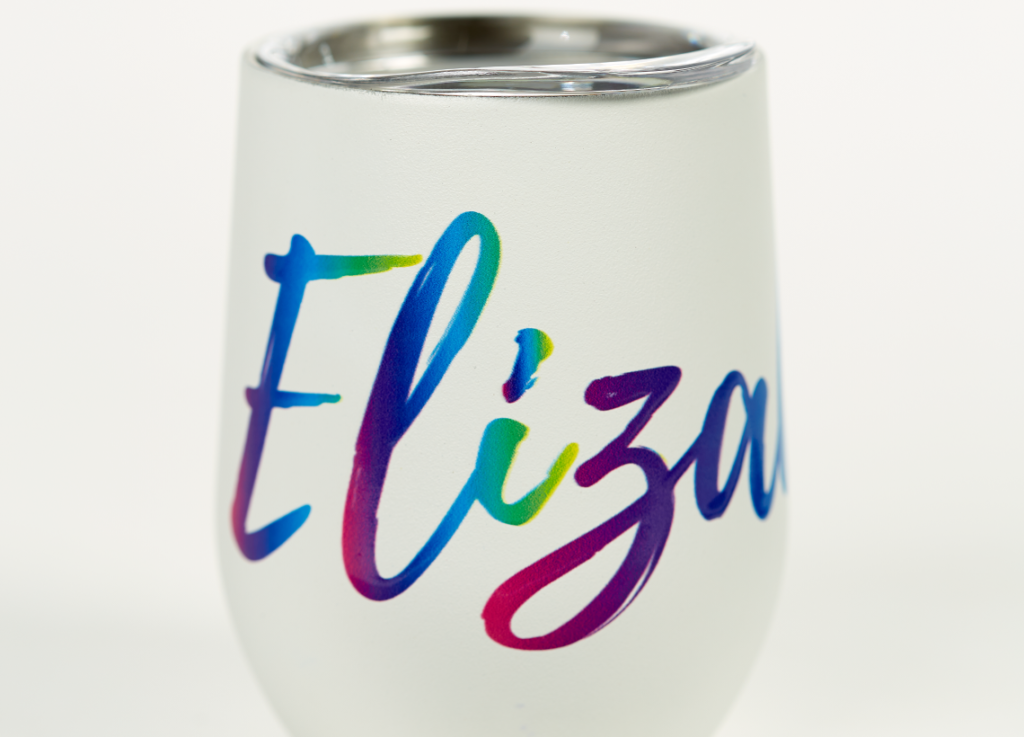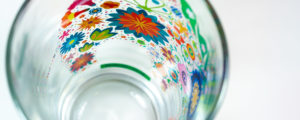- Equipment
- Inks & Supplies
- Services
- Applications
- Tagless
- Resources
- About Us
- Contact Us

According to the business case for drinkware, drinkware is the hottest product of the decade. From gifts to giveaways, this reusable product tops the charts for many as a go to when the holidays come around. But what is the best way to print on tumblers? This article discusses how to achieve full-color, awesome graphics with a rotary UV printer.
A rotary UV printer is a traditional UV inkjet printer that is manufactured to print on cylinders rather than flat or slightly curved items. It utilizes cyan, magenta, yellow and black UV ink to reproduce high-quality graphics and images onto vessels. There are several types of rotary UV printers include: multi-pass, single pass and helical.
Learn more about the types of rotary UV printers: What is Rotary Printing?
For the purpose of this article, we will talk about the Helical printing which reproduces the most high-quality images in the shortest amount of time.
Helical printing is a patented printing technique by Inkcups. It prints a full image (up to 220mm) in single motion. Competing processes, such as single pass printing, require ‘stitching’ or piecing artwork together as the graphic can only be as long as the print head. Helical printing also interlaces the inkjet ink droplets, smoothing out band lines and producing uniform coverage. Finally, it produces the highest resolution images in both x and y directions.
Starting from the beginning, the first step is to send the supplier the vessel that needs to be printed. With rotary UV printing, it is very important to work with a supplier that can offer a full package before getting into the printing. This will save time and money. This process is known as the sampling process. Here is a snapshot of how this is completed at Inkcups:
Now let’s get to printing!
While the specialty programming to print your artwork is included on the computer that comes with your machine, the artwork will need to be created in Adobe Photoshop or Adobe Illustrator. In these programs, you can design your art and prep it for printing.
Pre-treatment is determined during the sampling process. That is why this step is so crucial and should never be skipped. During the sampling process, the Sample Tech will ask qualifying questions regarding the intended use of the product. If the product is meant to be washed multiple times and passes difficult adhesion testing methods, a pre-treatment process will be outlined. Some products that absolutely need pre-treatment include glass and some plastics.
Just as with the pre-treatment methods, the UV ink that is best for the product will be determined during the sampling process. There are a few inks that are specialized for specific products. For example, T2 UV ink for Tritan Plastic is specifically for Tritan plastic whereas the S1 UV inkjet ink is best for a variety of substrates.

Add Your Comment